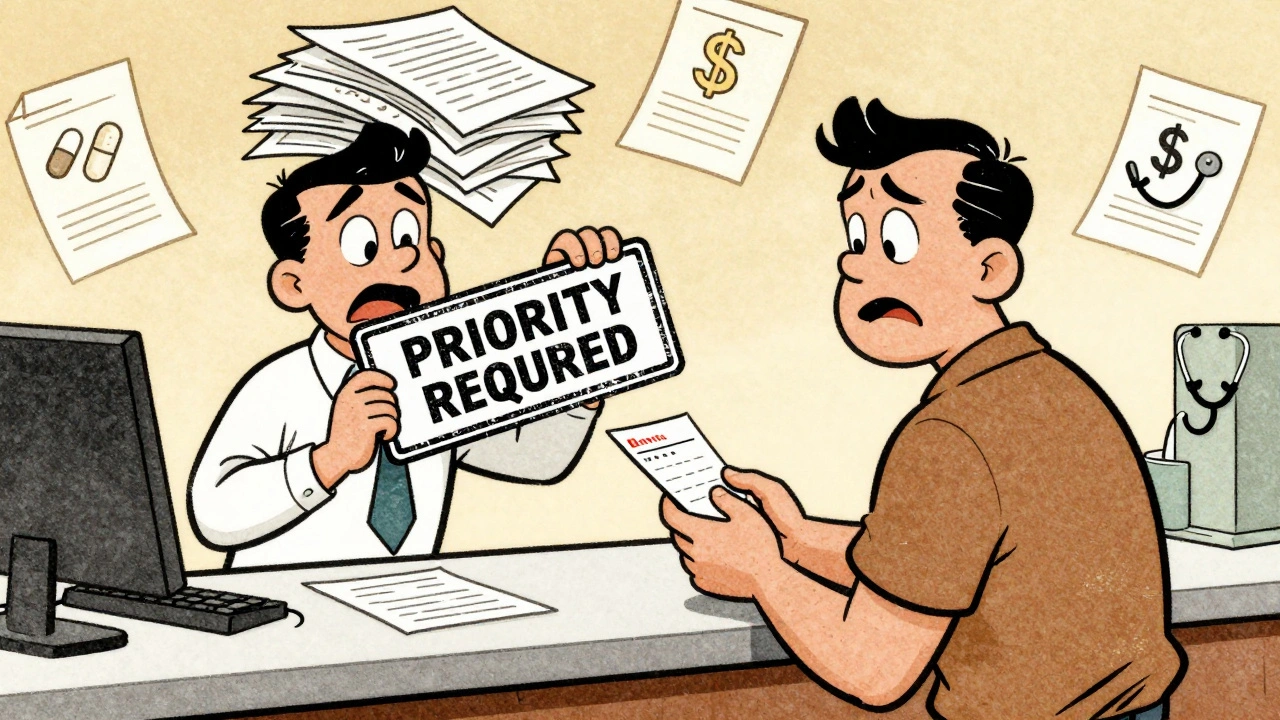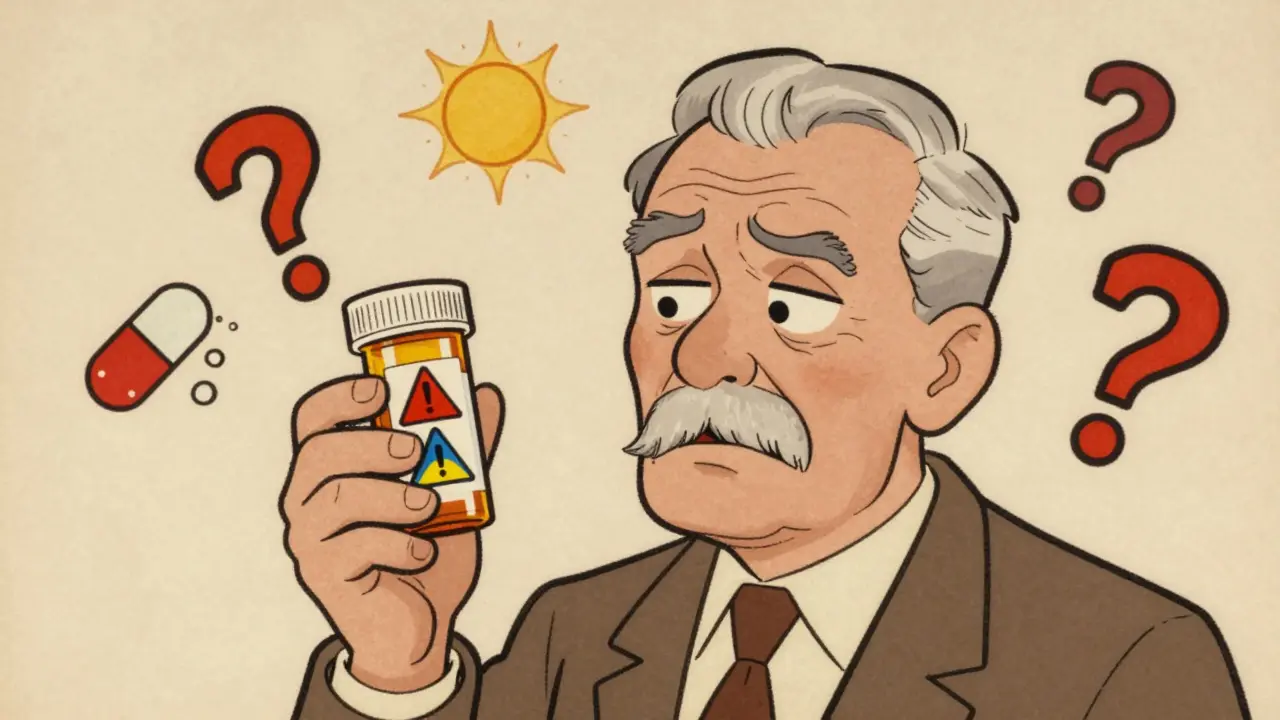Pancreatic Inflammation: Causes, Symptoms, and Treatment Options
When dealing with Pancreatic inflammation, the swelling and irritation of the pancreas that can disrupt digestion and cause severe pain. Also known as pancreatitis, it often starts when digestive enzymes attack the organ itself. This condition can show up suddenly or develop slowly over years, and it interacts with several other health factors you’ll hear about below.
Understanding the Types and Triggers
Acute pancreatitis, a short‑term, intense inflammation usually triggered by gallstones or heavy alcohol use is the most common emergency presentation. In contrast, Chronic pancreatitis, a long‑lasting inflammation that leads to permanent damage and reduced enzyme production develops after repeated attacks. Both forms share core symptoms—upper abdominal pain, nausea, and elevated blood enzymes—but the timeline and long‑term outlook differ. Recognizing which type you’re facing helps clinicians choose the right care path.
One often‑overlooked trigger is pancreatic duct blockage, an obstruction that prevents pancreatic juices from reaching the intestine. Blockages can arise from scar tissue, gallstones, or tumors, and they raise pressure inside the pancreas, sparking inflammation. When the duct is blocked, patients may notice persistent pain after meals and unexplained weight loss because nutrients aren’t absorbed properly. Addressing the blockage early—whether through endoscopic procedures or surgery—can stop an acute flare from turning chronic.
Managing pancreatic inflammation usually starts with a few lifestyle tweaks. Staying hydrated, adopting a low‑fat diet, and avoiding alcohol can reduce enzyme activation that harms the pancreas. Doctors often prescribe enzyme supplements to aid digestion when the organ can’t produce enough on its own. These supplements act like a “key” that unlocks food breakdown, lessening pain and preventing malnutrition. Pairing diet changes with enzyme therapy creates a two‑pronged approach that tackles both cause and symptom.
When lifestyle measures aren’t enough, medication becomes essential. Pain relief, anti‑inflammatory drugs, and sometimes antibiotics—especially if infection is suspected—are common prescriptions. For chronic cases, doctors may add insulin or oral hypoglycemics because the pancreas also regulates blood sugar. Understanding how each medication fits into the bigger picture helps patients stick to the plan and avoid unnecessary side effects.
Surgical options enter the picture when the duct remains blocked or when complications like pseudocysts develop. A pre‑surgery checklist—covering blood tests, imaging, dietary prep, and mental readiness—boosts safety and recovery speed. The goal of surgery isn’t just to remove damaged tissue; it’s to restore fluid flow, reduce pressure, and give the pancreas a chance to heal. Post‑operative care often includes continued enzyme therapy and regular monitoring of blood sugar levels.
While each patient’s journey is unique, the core steps remain the same: identify the type of inflammation, locate any duct blockage, adjust diet, add enzyme support, and use medication or surgery as needed. By breaking the process into clear, manageable pieces, you can work with your healthcare team to keep pain under control and protect digestive function.
Below you’ll find a curated list of articles that dig deeper into drug comparisons, surgery prep, and specific treatment strategies—all aimed at giving you practical tools to handle pancreatic inflammation effectively.





